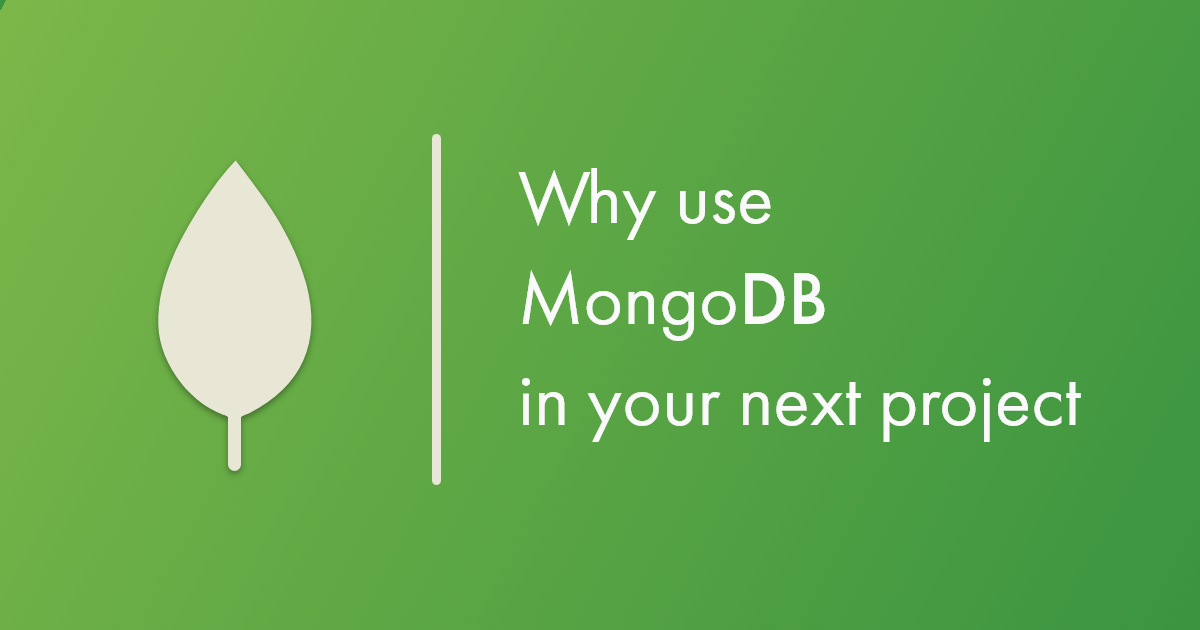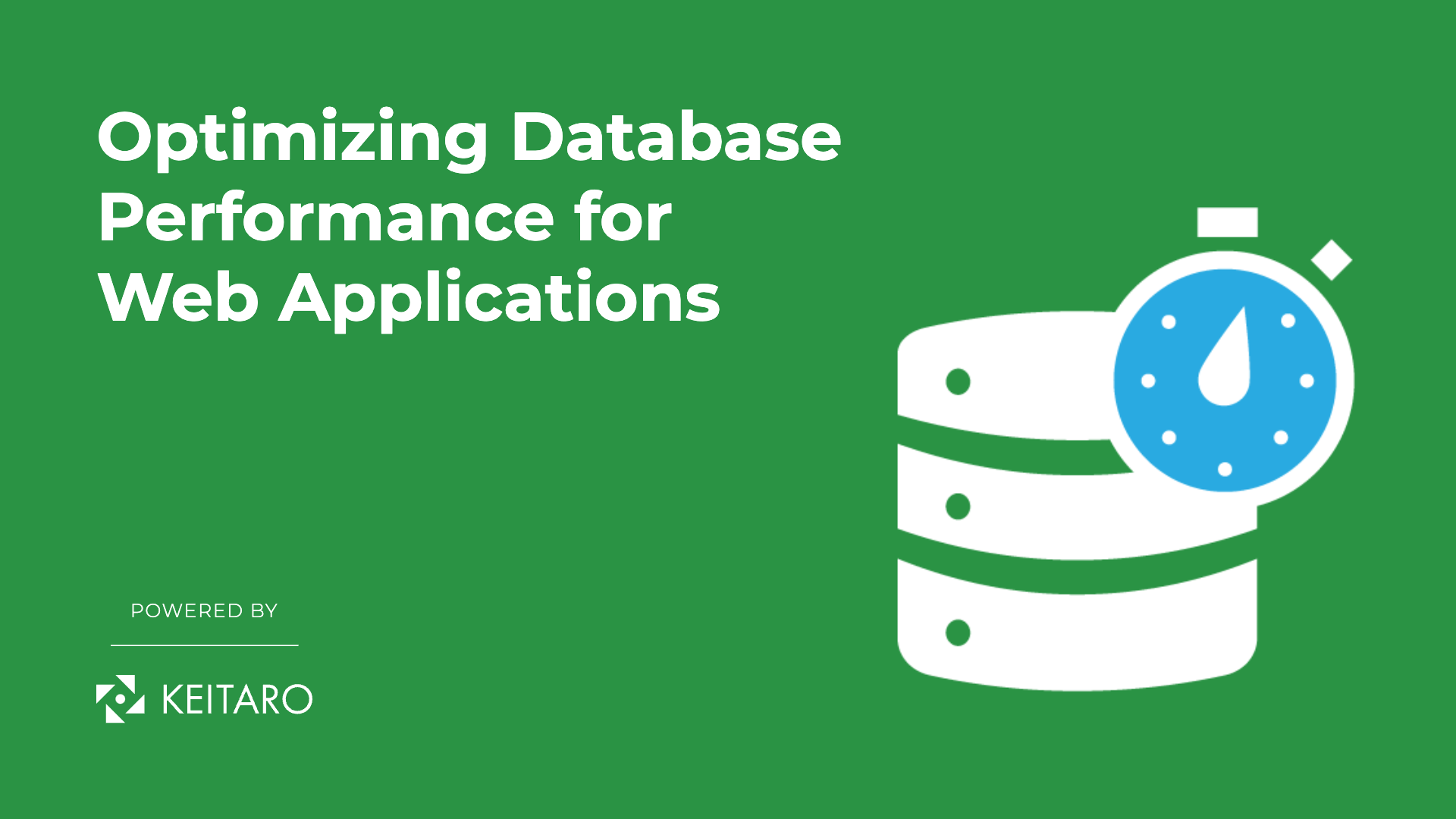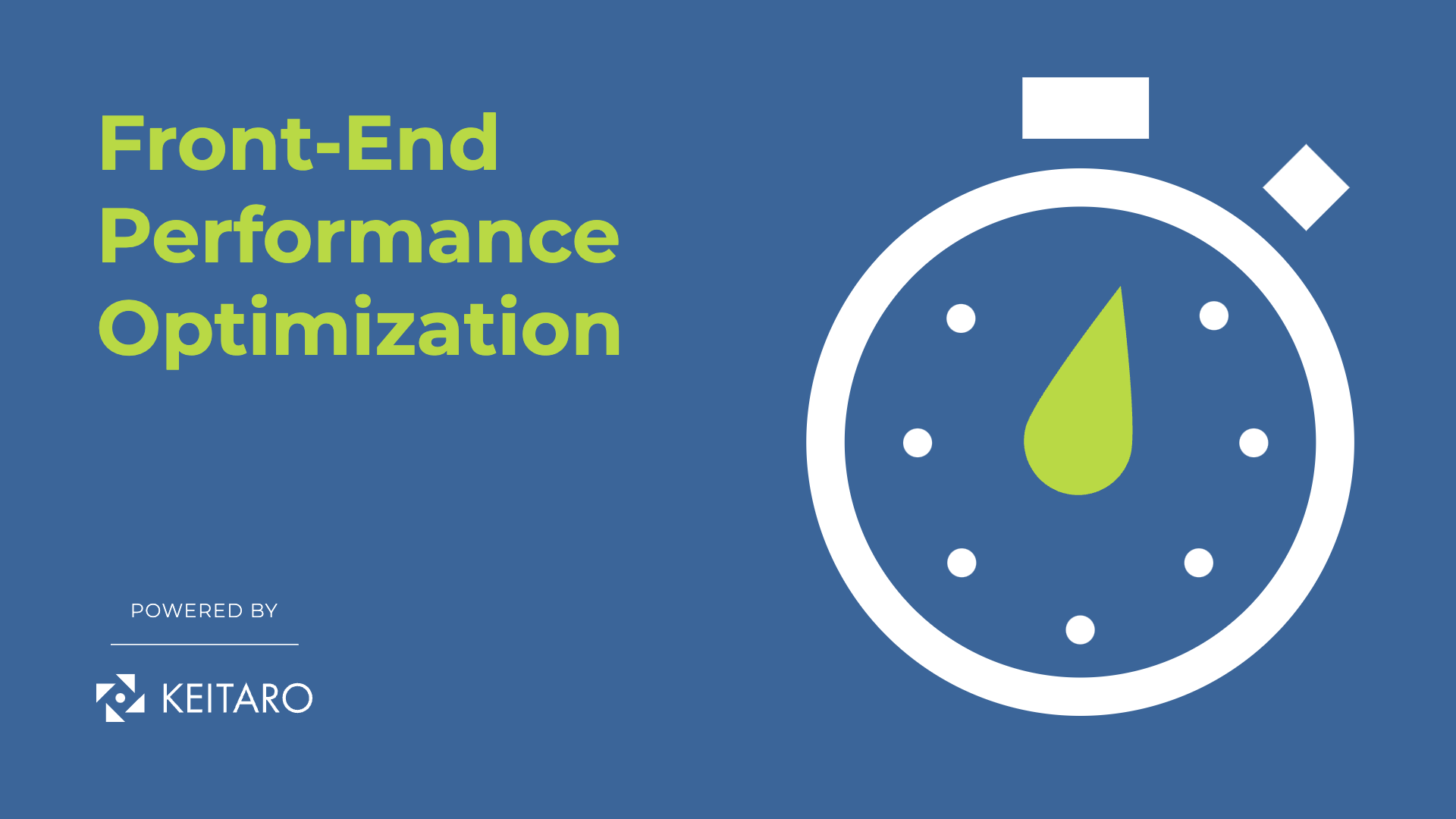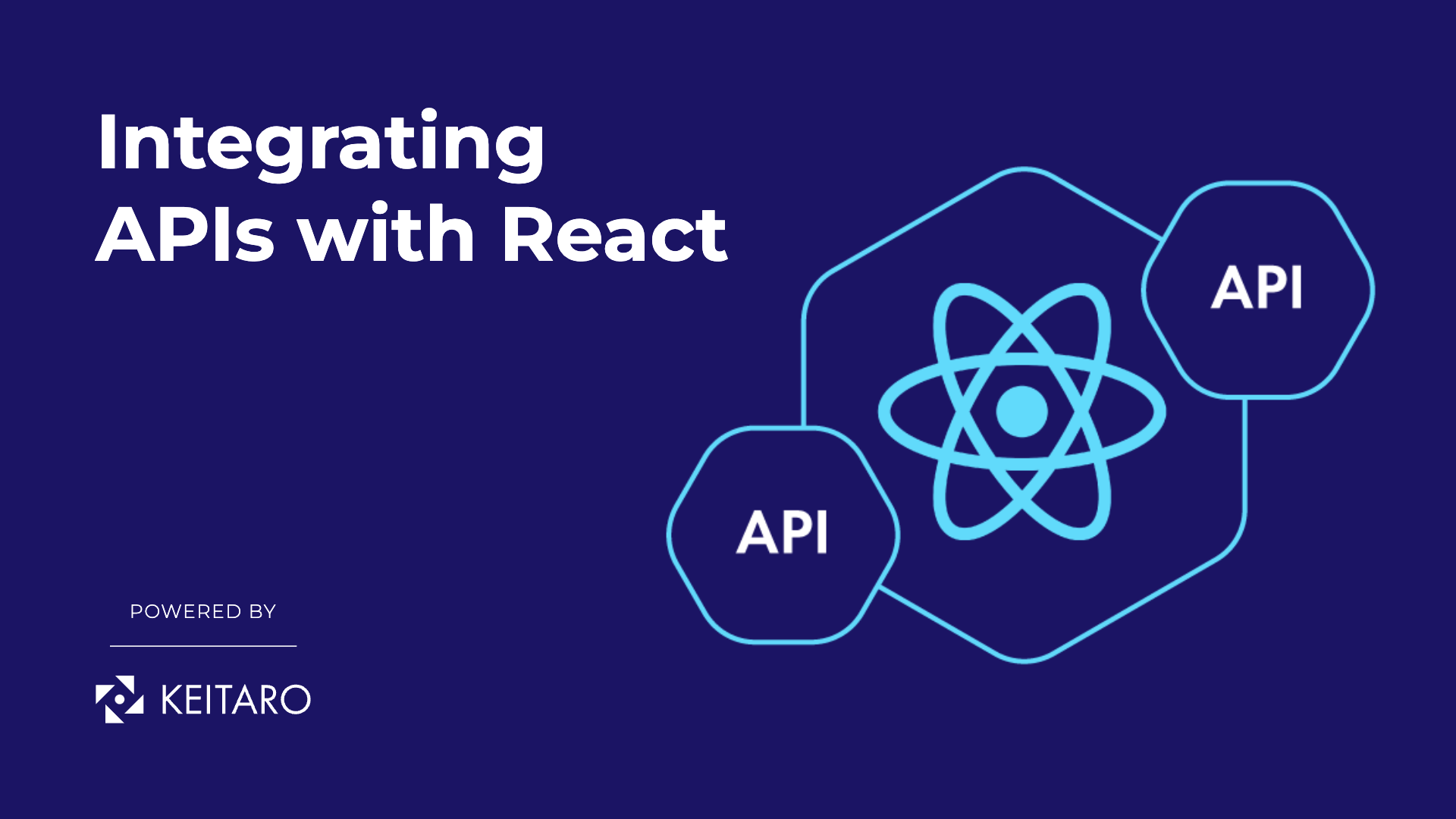As the data volume is increasing all across the globe, organizations are showing more interest in non-relational databases, also called NoSQL. Basically, the goal is to practice new ways of managing the unprecedented growth of data. Therefore, there is an increasingly popular shift away from traditional relational database systems to new database management systems. This is where MongoDB is making its impact. So, what makes MongoDB special, and why should it be your database program in the next project? Let’s find out in this blog.
MongoDB – Brief Overview
MongoDB is a document-oriented open-source database that can store massive volumes of data of both structured and unstructured data and can scale either horizontally or vertically to accommodate large datasets. It is called a NoSQL database because the data storage and retrieval are not in the form of tables. Moreover, it is built around a JSON-like format to store data, which maps directly to native objects in the majority of modern programming languages. It thereby enhances developers’ productivity and makes scaling elegant.
Features of MongoDB
MongoDB has tons of features to offer. Here’s a look at some of the key ones:
- Schema-Less Database
MongoDB is a schema-less database, which means that a single collection can hold multiple types of documents that can further consist of different content, size, and number of fields. It is not required that all documents be similar as is the case with traditional relational databases. MongoDB brings greater flexibility.
- Indexing
Without proper data indexing, a database has to search every document with a specific query, a process that takes a lot of time. MongoDB, however, addresses this concern effectively. In the documents, every field is indexed with both primary and secondary indices. This makes it quick and more efficient to search and get data from large datasets.
- Document-Oriented
MongoDB offers a document-oriented data modeling approach, which implies that data is stored in documents instead of tables. Moreover, the documentation of data inside these documents is based on fields (key-value pair) instead of rows/columns. Therefore, data becomes more flexible compared to relational DBMSs.
- Sharding/Scalability
Sharding is the process of splitting large data volumes over multiple distributed collections, also called shards. Sharding helps in distribution and better execution of database functions. MongoDB’s sharding feature allows enhanced horizontal scalability, which means each shard in each cluster stores some part of the dataset and functions as a separate database. This makes the handling of growing applications much more efficient.
- Load Balancing
With the support of horizontal scaling, MongoDB effectively supports large-scale load balancing. It can process multiple simultaneous read/write requests for the exact same data using its top-notch locking protocols and concurrency control. In short, MongoDB ensures data consistency and provides all users a quality experience.
Key Components of MongoDB Architecture
Some of the key components of MongoDB architecture are as follow:
- _id: _id is a field, a 24-digit unique identifier assigned to every document in the collection. It is like the MongoDB document’s primary key.
- Collection: A collection presents a group of MongoDB documents. It exists inside a single database and acts similarly to a table created in relational databases.
- Database: Just as a database is known as a container of tables in RDMS, it is a container of collections in MongoDB.
- Document: A document contains filed names and values. Documents are grouped inside the MongoDB collection.
- Field: A field is a name-value pair inside a document. It is similar to columns in RDMS. A single document can have multiple or no fields.
- JSON: JSON is an abbreviation for “JavaScript Object Notation.” It is in a plain text, human-readable format for representing structured data.
Where to Use MongoDB?
MongoDB is a scalable, dynamic, document-oriented NoSQL database that can simplify the development of complex or large-scale applications. The following are some of the scenarios where using MongoDB is well suited:
- There is a need to store a large dataset without structure and without the limit of storable data types.
- There is a need for high availability of data with quick and automatic data recovery.
- There are clear indications of scaling the application in the near future.
- When you want to reduce the schema migration cost due to unstable schema.
- You are using cloud computing or other cloud-based services.
- You are practicing agile development and collaboration, thereby making data more friendly for developers.
- When you want to describe nested data structures that evolve.
In short, as a document-oriented database with a flexible schema approach, MongoDB is an ideal database to build scalable, high-performing applications.



